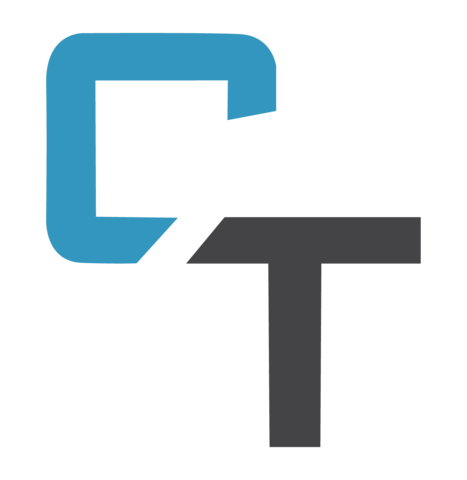Internet of Life
The high desert of Utah has a beauty that changes with every season. I went on a photography adventure over the New Year’s weekend to capture the contrast of the fresh snow against the majestic rock formations. Red, beige, and black cliffs rose out of a sea of white. The snow transformed the desert into a visually stunning landscape.
But not everything was beautiful. The cold environment and slippery earth can be deadly, as was the case for a cow I passed on my journey. Evidently, it had broken its leg and died in the extreme nighttime cold.
This tragedy could have been avoided. If this cow had been outfitted with an “Internet of Life” (IoL) collar, it would have been wearing a cowbell that you can hear around the world.
The LoRa Solution
There’s been quite a buzz about the “Internet of Things” (IoT) in the last few years. But let's not forget that these “things” are created to serve life. It’s now time to advance to the “Internet of Life”.
What if an Inertial Measurement Unit (IMU) sensor, powered by solar cells, had been inserted into a collar? Such an inexpensive and power efficient collar would have been able to measure the distressed cow’s movements.
However, attaching a collar might have been too easy. It still would have been essential to capture the movement signature of the cow to send to the rancher. Cows don’t necessarily roam around near WiFi or cellular data networks. The Utah desert is a big place.
One type of efficient IoT network that might have worked in a remote location is the LoRa, also known as the LoRaWan radio network. This network is carefully optimized to give the longest range at the lowest power, Joule for Joule. In fact, LoRa satellites will soon be online.
Peak Power Problems
But, there is still a problem and a challenge to overcome. You see, even using LoRa, takes a lot of power to send a data packet out into the world. It may take 1,000x more power to send a data packet than the device draws in sleep mode. Such a power spike is beyond the capacity of a modest size solar cell, and that is even if the sun is shining brightly.
Obviously, we need to store up sunlight so that we can pulse it back out as needed by the LoRa data bursts. You may be thinking, “How about using a Lithium battery?”. However, batteries have their own limitations. They wear out, and they don’t emit power efficiently in very short bursts.
On the other hand, supercapacitors have a longer life and are designed to supply power in short bursts. Supercapacitors are more efficient in such applications. Unfortunately, supercapacitors don’t come in the size and durability needed to be integrated into a monitoring collar. They would need their own circuit board. Not only are cows not concerned about staying within range of WiFi, but cows cannot be trained to carry a delicate smartphone. Ruggedness is a final requirement here for our 21st century cowbell. Yes, you need flexible solar cells, but also long, skinny, flexible supercapacitors to go with them. Capacitech’s Cable-Based Capacitors (CBCs) are an ideal solution and can be formed into a flexible collar.
Unlike rigid “things” with a well-defined shape, living-breathing life is often round, flexible, and squishy. Technology now exists to design electronics that match.
Technological advances have made it possible to integrate the largest components of this system, the solar cell and the supercapacitors, into the cow’s collar. Solar cells, like PowerFilm’s MP3-37, will deliver energy to a Power Management Integrated Circuit, like e-peas AEM10941, which will charge Capacitech’s Cable-Based Capacitor to power sensors and the LoRaWAN device.
More Innovation
Now, it would not be a true “Internet of Life” if communication is not both ways. By sending messages back you can annoy the cow with the sounds and shocking “bite” of snarling coyotes to keep it from straying into the wrong area or too far away from the rest of the herd. Now we’ve combined the cowbell with a sheepdog. The CBC is the perfect device for providing the powerful shock - like that of a stun gun.
Does this make for a “robocow” or a “cowborg?" You decide.
Great. The cow has been saved. But there is more to life than saving cows. How about endangered wildlife? Or keeping tabs on Fido or Fluffy? Or keeping up with wandering children or elderly parents? And does a skier caught in an avalanche have time to call 911? It’s easy to panic when the snow surrounds the skier like concrete. This causes a life-shortening struggle. How reassuring would it be if the “Internet of Life” bracelet could let the distressed skier know that help is only 10 minutes away?
The key is that CBC’s lend themselves to novel, flexible designs for wearables, IoL, and IoT. We finally have all the parts to create the “Internet of Life” and rescue all creates large and small.


